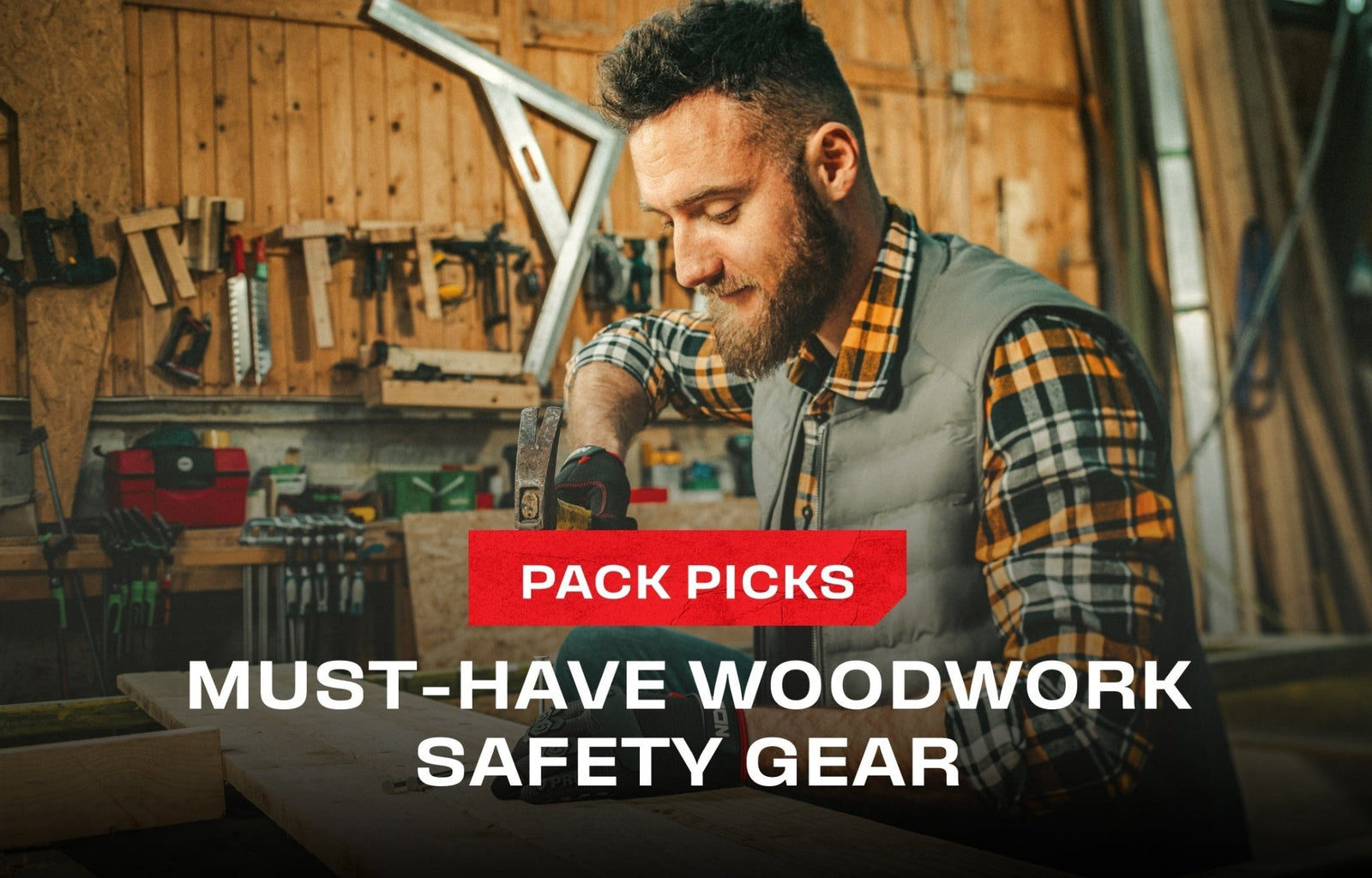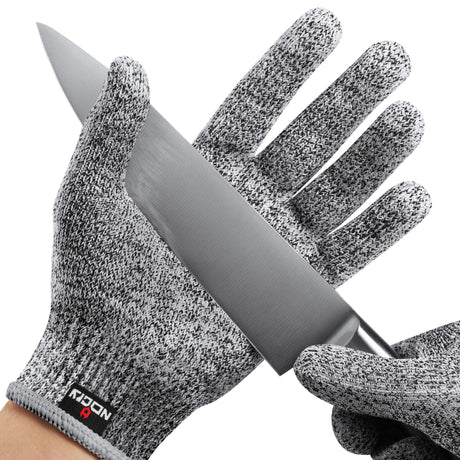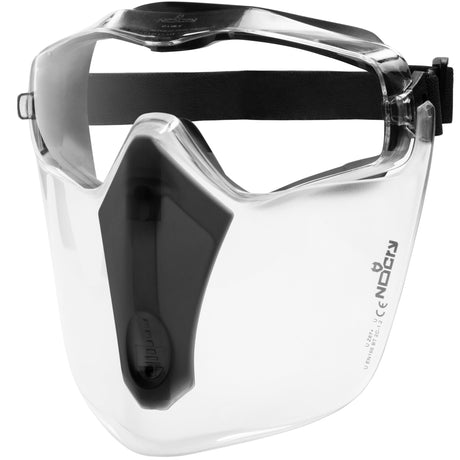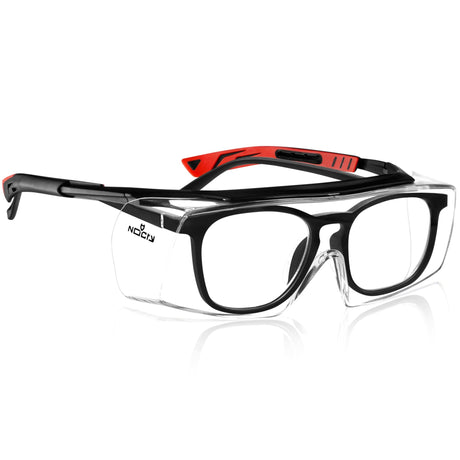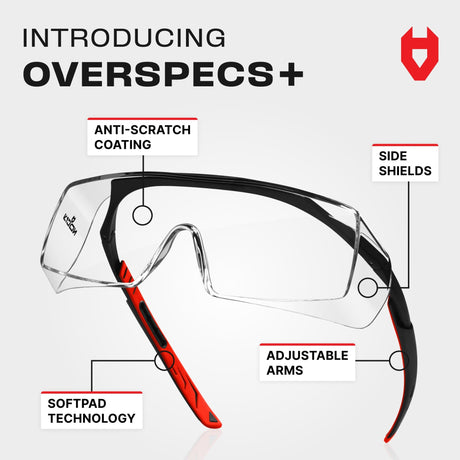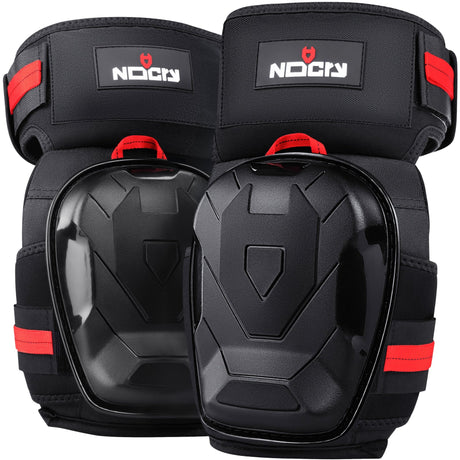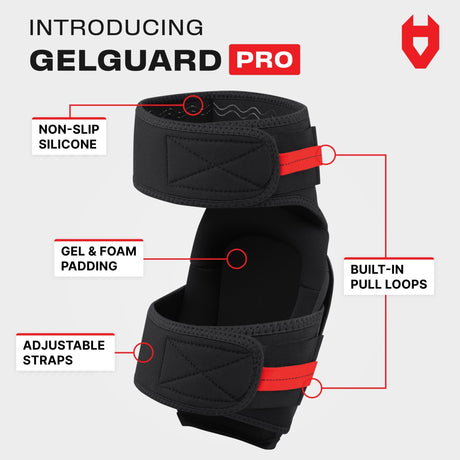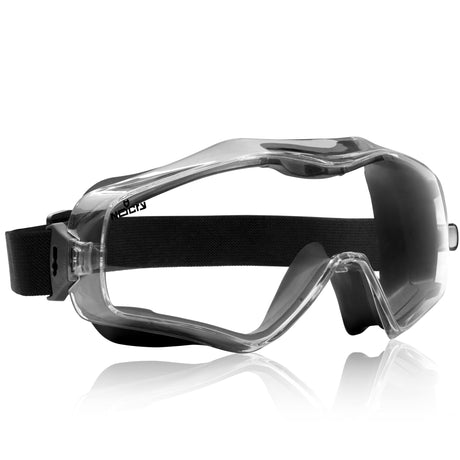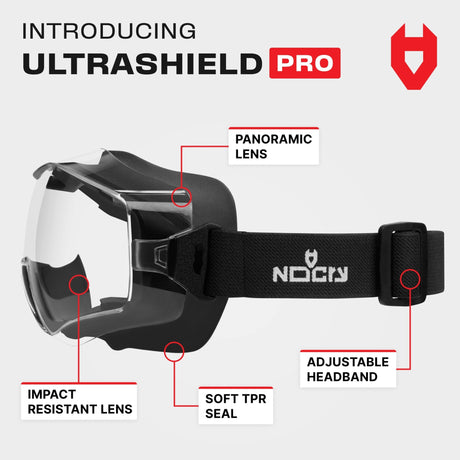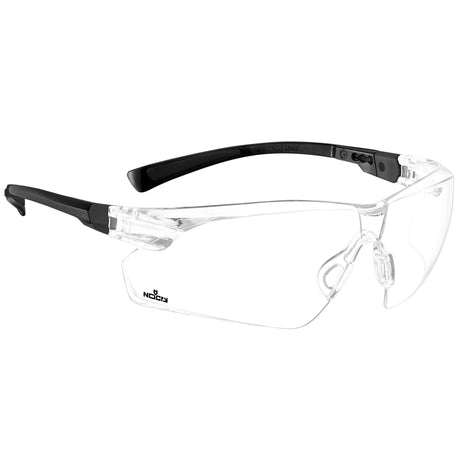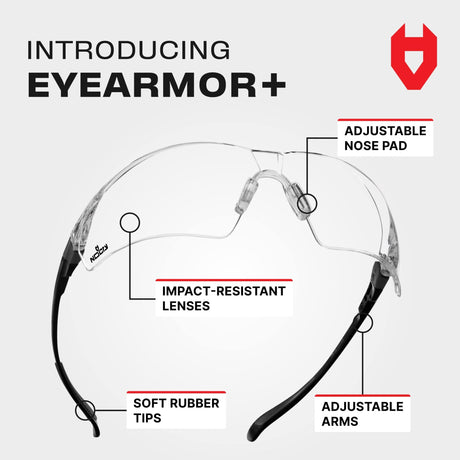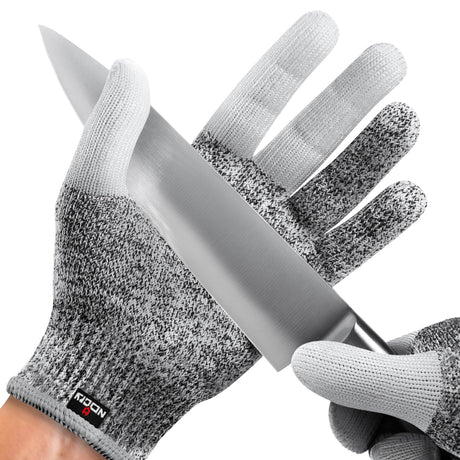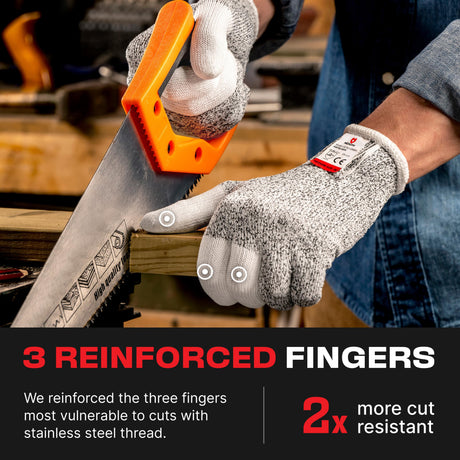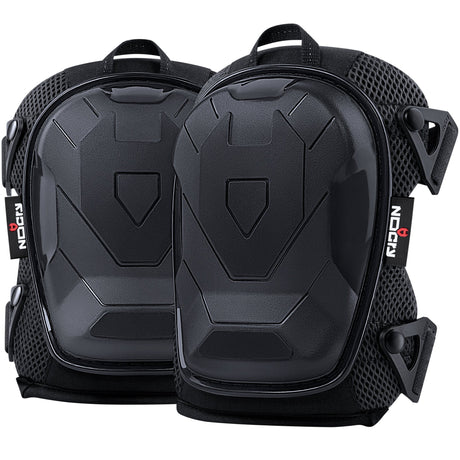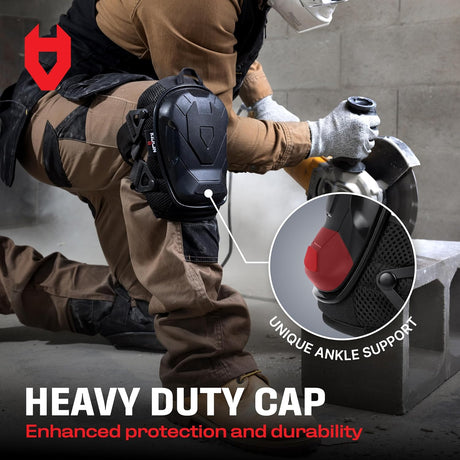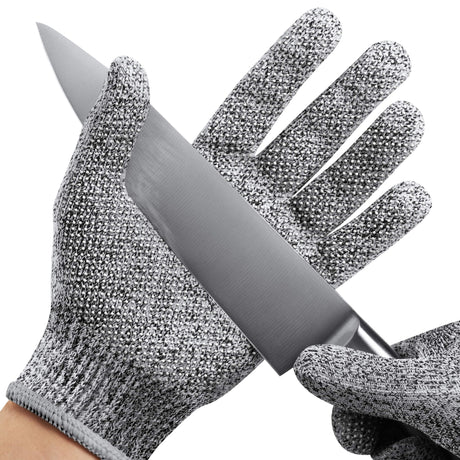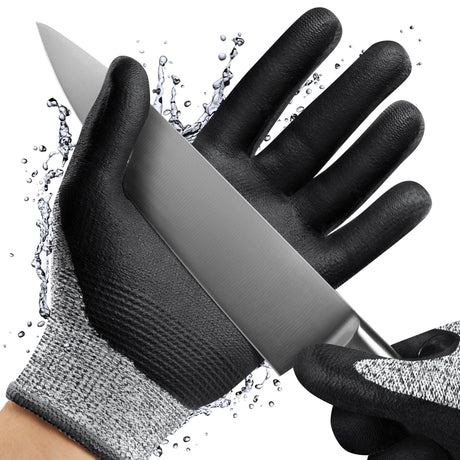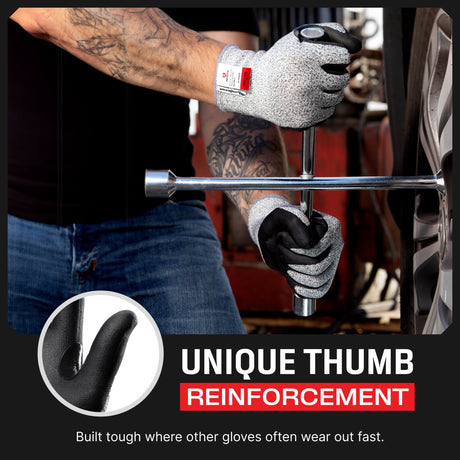Contents
Key Takeaways
- Woodworking safety equipment protects you from flying wood chips, loud tools, and harmful dust or fumes.
- Eye and face protection is necessary—debris and chemicals can cause severe damage quickly.
- Ear protection helps prevent long-term hearing loss in loud workspaces.
- Dust masks and respirators are essential for filtering fine particles and toxic fumes.
- Don’t forget workshop safety equipment like gloves, boots, and aprons to protect the rest of your body.
What Safety Gear Do I Need For Woodworking?
If you’re spending time in the shop, safety equipment for woodworking should be a top priority. Between spinning blades, sharp edges, dust, and chemicals, a split-second mistake or years of exposure can lead to serious injury. Here’s the woodworking protective gear you need to stay safe on every job.
In fact, OSHA reports that 80% of woodwork-related injuries could have been prevented just by wearing safety glasses or goggles, work gloves, and respirators.
Why Are Safety Glasses Essential in A Workshop?
A good pair of safety glasses for woodworking is the most basic and essential piece of safety equipment. Sawdust, flying chips, and even chemical splashes can cause serious eye injuries, especially when sanding, cutting, or finishing.
What to look for:
- Wraparound design for side protection
- Scratch-and fog-resistant lenses
- UV protection for outdoor work
Wearing regular glasses isn’t enough—get proper eye protection that meets ANSI Z87.1 standards.

Do I Need Ear Protection For Woodworking?
Absolutely, since most woodworking tools operate well above the safe hearing limit.
If you skip ear protection, prolonged exposure to high-decibel power tools like table saws, routers, and planers can lead to permanent hearing loss.
Types of hearing protection:
- Foam earplugs for short jobs
- Over-ear muffs or long-term comfort
- Bluetooth earmuffs to block sound and stay entertained
Any piece of workshop safety equipment should fit well, including earmuffs. Loose or uncomfortable ones won’t get worn.
Should I Wear A Face Shield Woodworking?
Yes, depending the activity. Face shields are necessary when working with tools that shoot out debris, like lathes, grinders, or miter saws. While goggles protect your eyes, a face shield guards your face from chips, splinters, and dust clouds.
Pair a face shield with the following:
- Safety goggles for layered protection
- Respirators or masks when fine particles are in the air
Some shields are adjustable or in a flip-up style, which is great for switching between tasks without constantly taking gear off.

How Do I Protect Myself From Dust And Fumes?
Breathing in sawdust or fumes from finishes and glues is no joke. Certain hardwoods even produce dust linked to nasal cancer; many finishes emit toxic vapors. To protect your lungs, you need the right woodworking protective gear for the job.
Use:
- N95 or P100 dust masks for basic sanding and cutting
- Half-face or full-face respirators for chemical exposure
Choose respirators rated for:
- Fine particulates (like wood dust)
- Organic vapors from paint, stain, or glue
A solid respirator is one of the most overlooked pieces of safety equipment for woodworking, but it is also one of the most important.
What Other Safety Equipment Do I Need In The Workshop?
Outside of eye, ear, and respiratory protection, you can’t skip the basics that protect the rest of your body. This everyday workshop safety equipment protects you from splinters, burns, dropped tools, and spills.
Must-haves:
- Cut-resistant gloves for handling sharp tools and rough lumber
- Steel-toe boots to guard against falling wood or dropped hardware
- Durable work apron with pockets for tools, nails, and pencils
Gloves are great for material handling but should be removed using rotating blades to avoid getting caught.

How Do I Pick The Right Woodworking Protective Gear?
Stick with trusted brands that meet proper safety standards, such as ANSI certifications. Read reviews, check fit, and avoid going too cheap—it’s not worth gambling with gear that won’t hold up.
Look for:
- Comfortable fit — if it’s annoying to wear, you won’t wear it
- Tough materials that can take hits, splashes, or heat
- Backups for disposable items like dust masks and earplugs
The best woodworking safety equipment is the gear you’ll actually use—and trust every time you walk into the shop.
Conclusion
Whether building cabinets or carving from scratch, safety equipment for woodworking should be part of your daily routine. Eye injuries, hearing loss, and breathing issues are preventable if you gear up correctly. The right woodworking protective gear isn’t a luxury — it’s a necessity.
FAQ
What are the safety precautions for woodworking?
Always wear eye and ear protection, use sharp tools, and keep your workspace clean. Follow tool manuals, secure your materials, and never rush a cut.
What are the safety hazards in woodwork?
Common hazards include flying debris, dust inhalation, sharp blades, and kickbacks from power tools. Electrical issues and fire risks from flammable dust are also concerns.
What are things you should not do in the woodshop?
Don’t use tools you're unfamiliar with, wear loose clothing, or ignore safety guards. Never work when tired, distracted, or under the influence — woodworking requires full focus.

